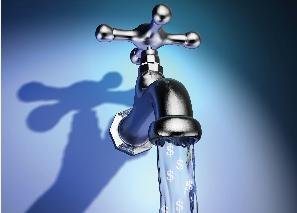Pump stations and lift stations are an essential part of wastewater and water management systems. Although both types of stations move water, they serve different purposes and handle different types of water. Here is how they work and how they differ from each other:
Pump stations are designed to move clean water over long distances or uphill. These stations are commonly used in water distribution systems–maintaining pressure and a steady flow to homes, businesses or treatment plants. Usually a pump station has one or more pumps, as well as control panels, valves and piping, all housed in a secure building.
Lift stations specifically handle wastewater and sewage. They are used when gravity alone can’t move sewage to a treatment facility. Wastewater flows into an underground wet well, where sensors detect rising levels. Once a set point is reached, powerful pumps kick in to “lift” the sewage up to a higher elevation or to a gravity-fed sewer line. Lift stations can also feature odor control systems and corrosion-resistance.
Understanding the differences between pump and lift stations ensures better planning and keeps water and wastewater management systems running smoothly. For access to pump or lift station contractor bids, open water pipe bids and other municipal water bids, subscribe to our database. For more interesting articles on similar topics visit our blog page.

